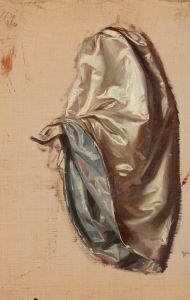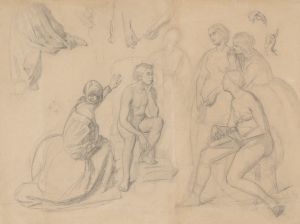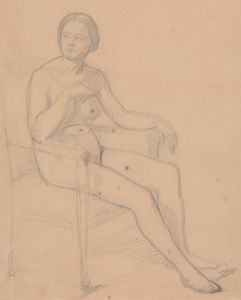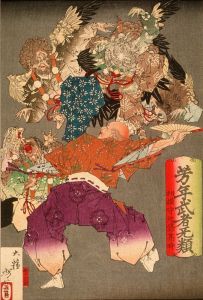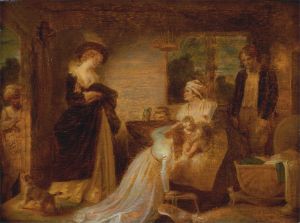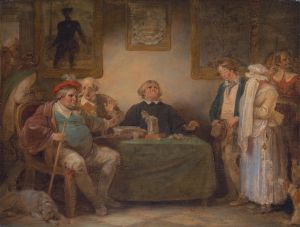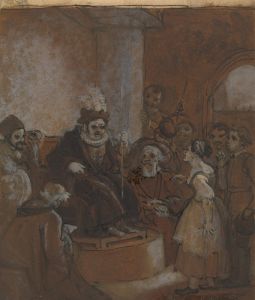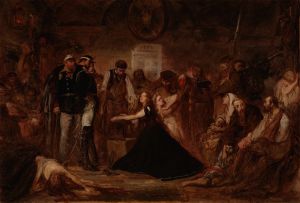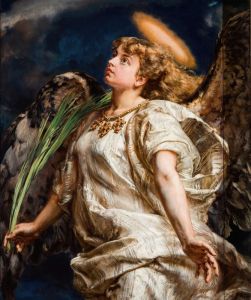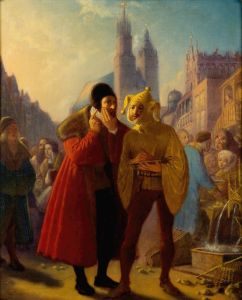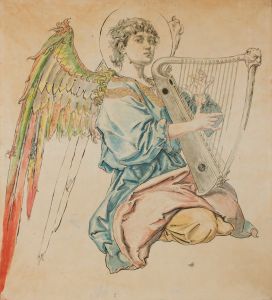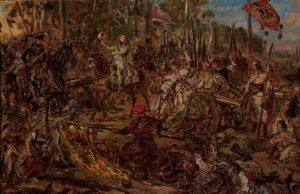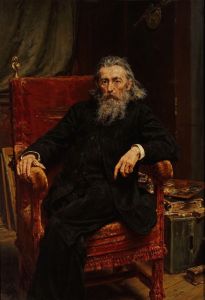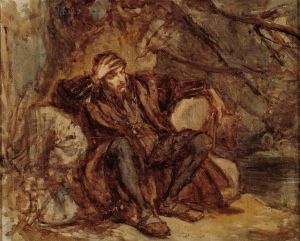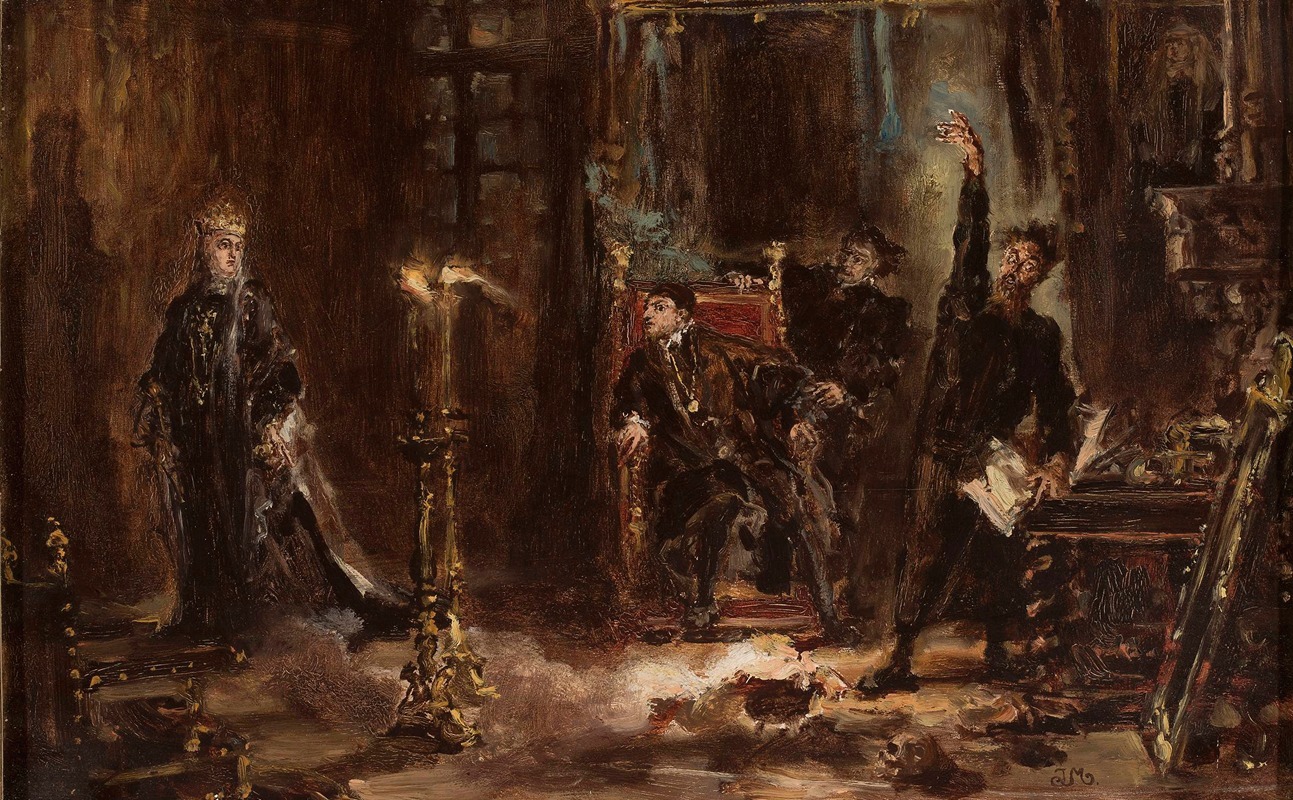
Twardowski conjuring the spirit of Barbara for Sigismund Augustus, sketch
A hand-painted replica of Jan Matejko’s masterpiece Twardowski conjuring the spirit of Barbara for Sigismund Augustus, sketch, meticulously crafted by professional artists to capture the true essence of the original. Each piece is created with museum-quality canvas and rare mineral pigments, carefully painted by experienced artists with delicate brushstrokes and rich, layered colors to perfectly recreate the texture of the original artwork. Unlike machine-printed reproductions, this hand-painted version brings the painting to life, infused with the artist’s emotions and skill in every stroke. Whether for personal collection or home decoration, it instantly elevates the artistic atmosphere of any space.
"Twardowski conjuring the spirit of Barbara for Sigismund Augustus" is a sketch by the renowned Polish painter Jan Matejko. This artwork is a representation of a legendary event involving the historical figures of Pan Twardowski, a famous Polish nobleman and magician, and King Sigismund II Augustus, the last monarch of the Jagiellonian dynasty in Poland.
Jan Matejko, born in 1838 and died in 1893, is one of Poland's most celebrated painters, known for his large-scale historical paintings that capture significant events and figures in Polish history. His works are characterized by their attention to detail and historical accuracy, although they often include imaginative elements to convey the drama and significance of the events depicted.
The sketch portrays a scene from Polish folklore where Pan Twardowski, a legendary figure akin to Faust, is said to have conjured the spirit of Barbara Radziwiłł for her grieving husband, King Sigismund Augustus. Barbara Radziwiłł was a member of the powerful Radziwiłł family and became the Queen of Poland after marrying Sigismund Augustus. Her untimely death in 1551 deeply affected the king, who was reportedly inconsolable.
According to the legend, in an attempt to alleviate the king's sorrow, Twardowski used his magical abilities to summon Barbara's spirit. This tale, while not grounded in historical fact, reflects the deep love Sigismund Augustus had for Barbara and the cultural fascination with mysticism and the supernatural during the Renaissance period in Poland.
Matejko's sketch captures the dramatic and mystical atmosphere of this legendary event. Although the sketch itself is not as detailed or large as Matejko's finished paintings, it provides insight into his creative process and his ability to convey complex narratives through art. The sketch likely served as a preliminary study for a larger, more detailed work, allowing Matejko to experiment with composition, lighting, and the emotional tone of the scene.
The historical context of the sketch is rooted in the Renaissance era of Poland, a time of significant cultural and political change. Sigismund Augustus was a key figure in this period, known for his efforts to strengthen the Polish-Lithuanian Commonwealth and his patronage of the arts. The legend of Twardowski and the conjuring of Barbara's spirit reflects the era's blend of scientific curiosity, religious belief, and interest in the occult.
Matejko's interest in Polish history and folklore is evident in this sketch, as he often sought to capture the essence of Poland's national identity through his art. His works, including this sketch, serve as visual narratives that celebrate and preserve the rich tapestry of Polish history and legend.
In summary, "Twardowski conjuring the spirit of Barbara for Sigismund Augustus" by Jan Matejko is a sketch that illustrates a popular Polish legend involving historical figures and themes of love, loss, and the supernatural. It exemplifies Matejko's skill in blending historical fact with folklore to create compelling and culturally significant art.





